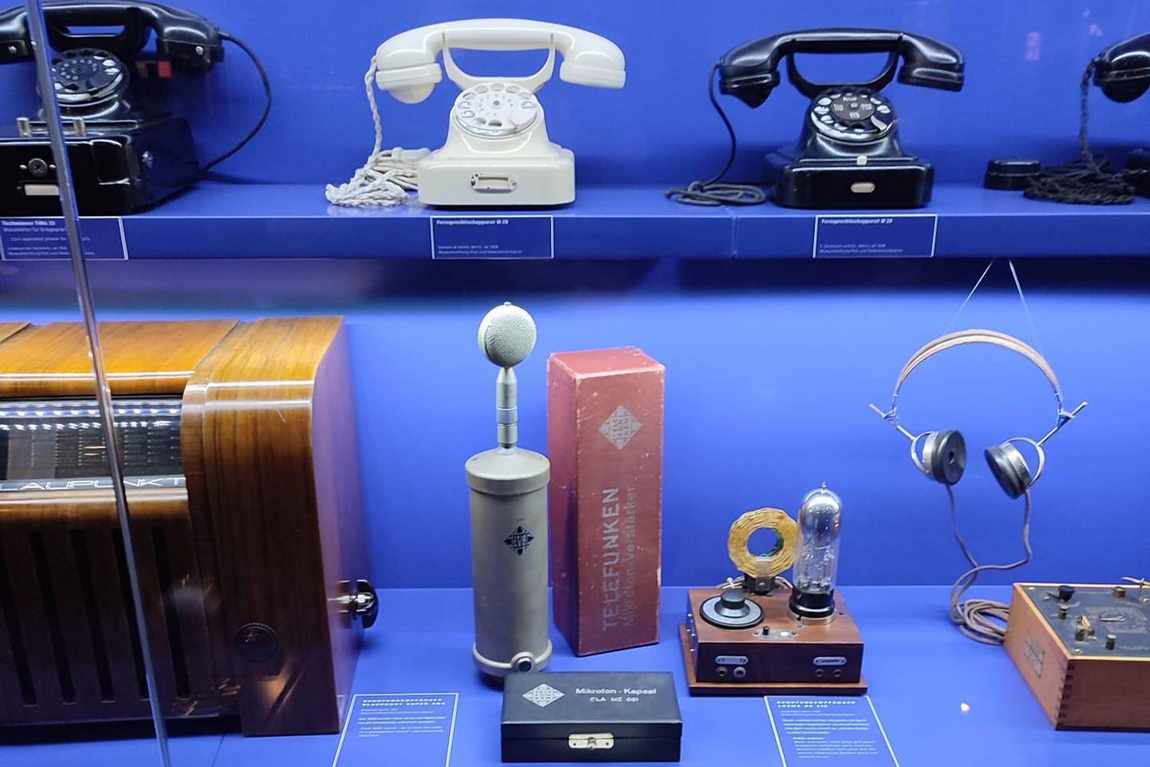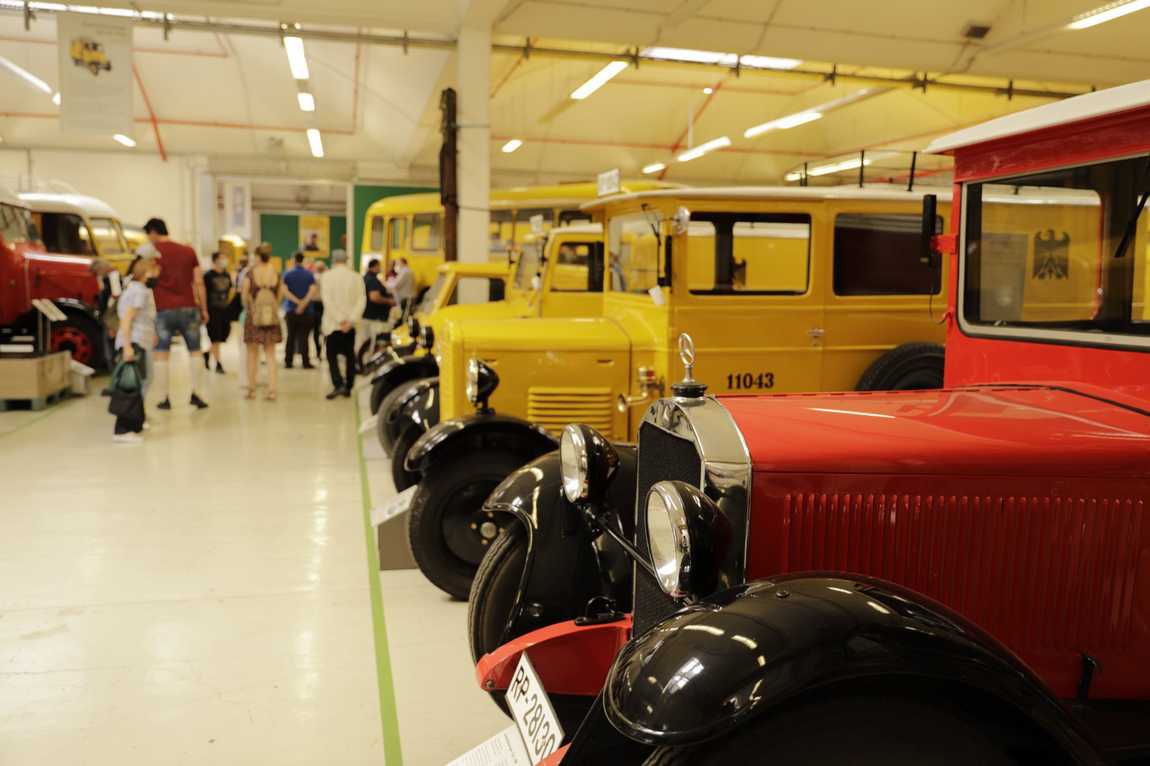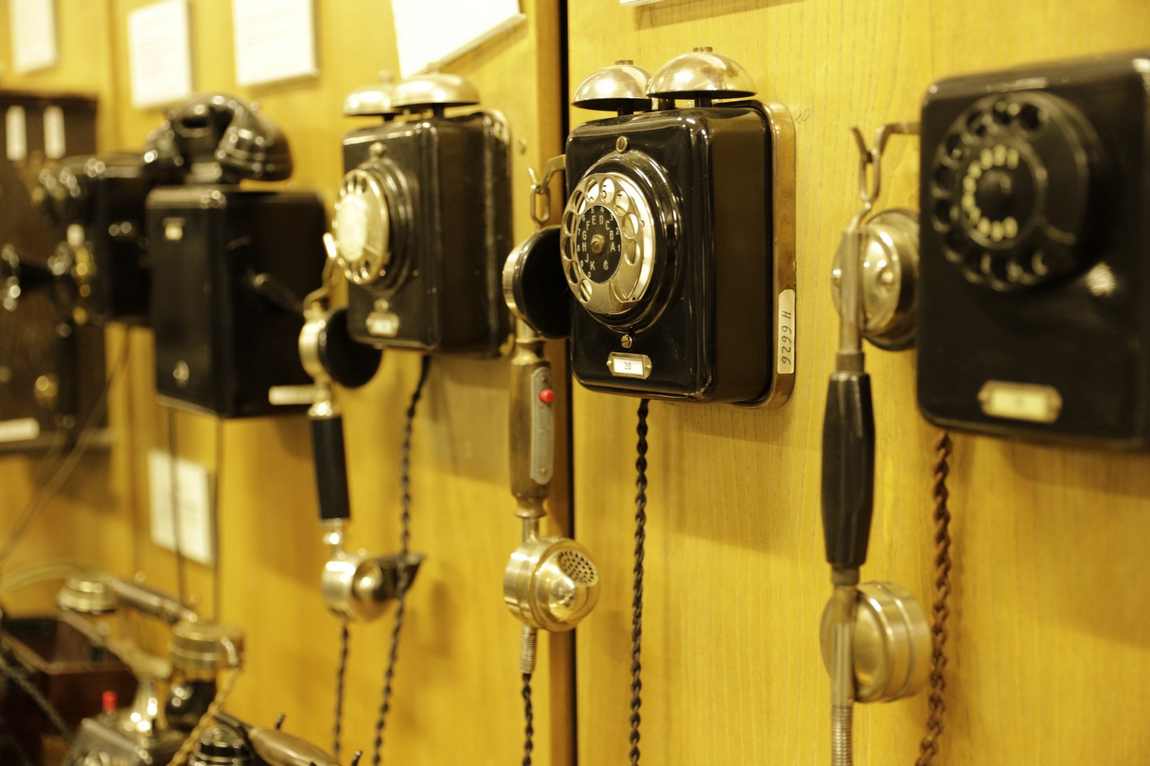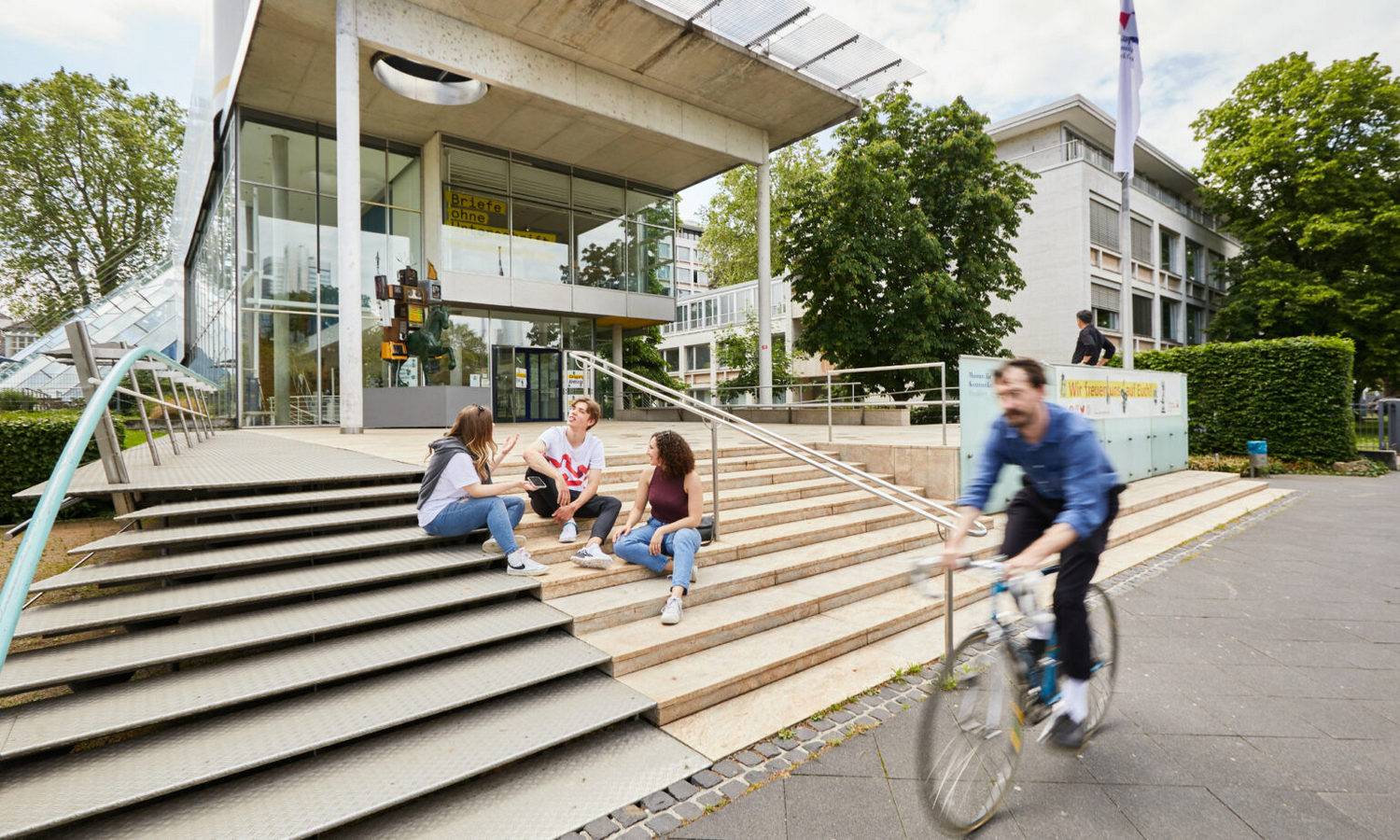Frankfurt am Main also has its own Polytechnic Museum. Here, too, children are introduced to technology from its beginnings to the present day in a playful way. The Museum für Kommunikation is easy to find on the famous Museumsufer.
Inside its walls, you and your inquisitive traveller will be captivated by the exhibitions designed around the evolution of communication technology. Needless to say, the vast majority of the museum's exhibits relate to the development of the post office? Being in Germany, it makes sense that this is the story of the German Post Office from start to finish.

As you enter the Museum of Communication, your child will learn that many centuries ago, our ancestors used smoke, drums and fire to convey important information. It wasn't until people had letters that postal communication really began to work. Children will be introduced to the process of sorting letters in the head post office terminals and learn how these same letters are delivered up the chain to their addressees.
The museum's exhibits trace the history of the origins of postal channels and the ways in which information has been transmitted over distance. First there was bird mail (carrier pigeons), then horse-drawn carriages and finally modern multifunctional smartphones, which can send a letter to the other side of the world in a matter of seconds.


The Postal Museum is full of artefacts related to the German postal service: carriages, post horns, uniforms, messenger bags and letter boxes. The museum displays a variety of interesting items from the last century — old telegraphs, a wide range of telephones from the first disc telephones, fax machines, radios, televisions, street phone boxes with the first rudimentary devices and — of course — mobile phones.
Visitors to the Museum of Communication invariably love the unusual installations that have been created using some form of communication technology. An eye-catcher is the original sheep in the lobby. Instead of heads, the animals have disc telephones and their fur is made from ordinary telephone cords. Visitors are greeted at the entrance by a knight on horseback. The knight is made entirely from old radios.
If you go up to the upper floors of the building, you can see other exhibits, such as a photography exhibition and a money exhibition.











